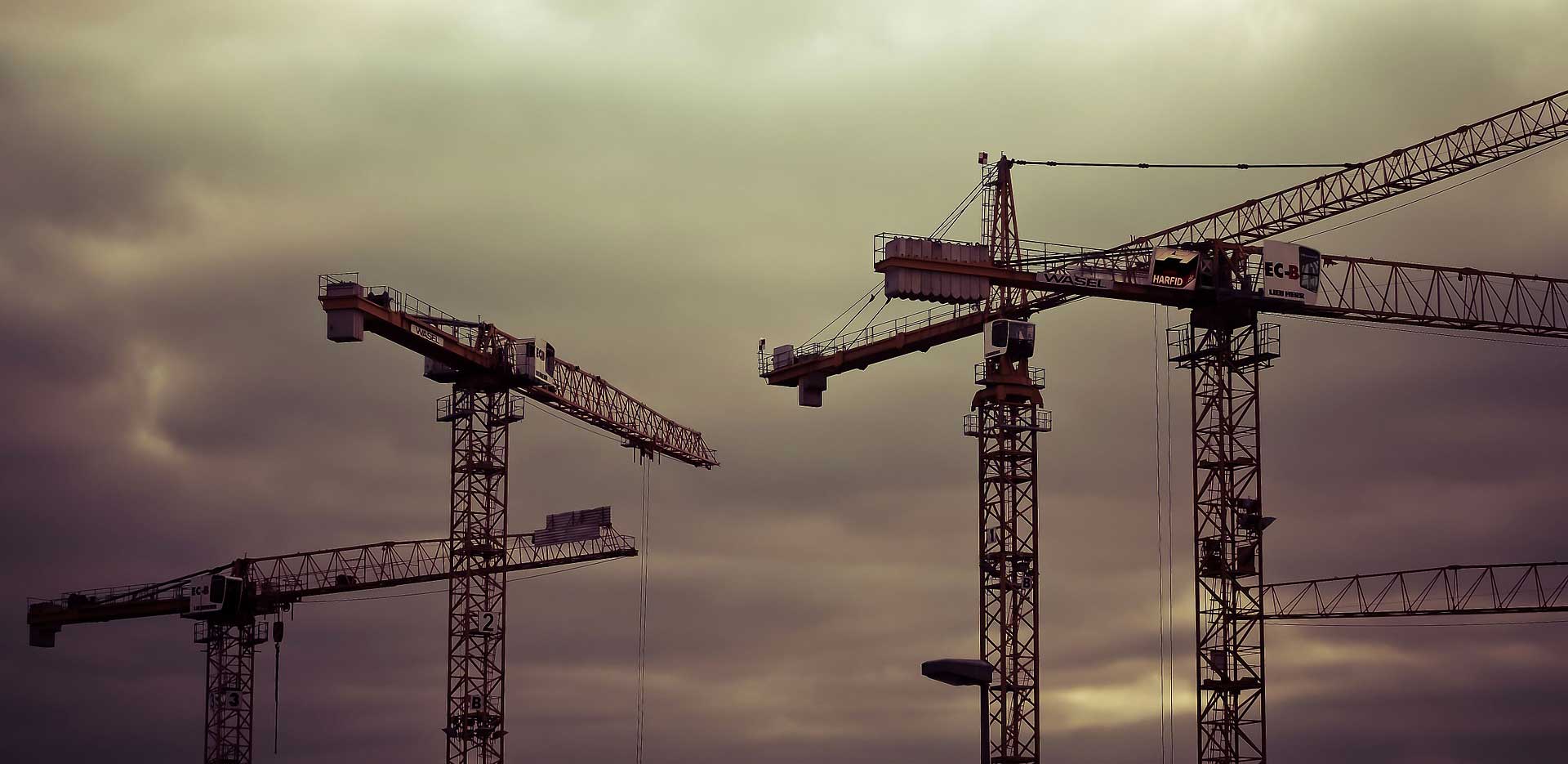
New York City has a constantly evolving skyline, with new skyscrapers taking shape every day. They’re beautiful to look at, but according to a recent report from New York Committee OSHA (NYCOSH) those rising towers are also resulting in a disturbing rise in fatal construction accidents.
According to NYCOSH, “New York’s construction industry is highly dangerous for workers, and workplace fatality rates are trending upward. In the decade beginning in 2006 and ending in 2015, 464 construction workers died while on the job across New York State.”
While fatal construction accidents are a state-wide issue, a majority of the accidents happen in New York City. In New York State, the fatal occupational injury rate in construction is 3.7 times the overall U.S. rate. New York City’s rate is 4.7 times the overall rate.
The skyrocketing fatality rates in New York are far out of line with the rest of the nation.
Construction Fatalities By the Numbers
Between 2014 and 2015, construction accidents involving either injuries or deaths nearly doubled in New York City, from 231 to 435.
In 2015, 55 construction workers were killed due to fatal construction accidents. That number was 54 in 2014, up from 42 in 2013 and 33 in 2011. As of 2015 there is a fatal occupational injury rate in New York City of 10 per 100,000 full-time equivalent workers. That’s an increase from 7.2 out of 100,000 in 2011.
A rising fatal construction accident rate is not a problem plaguing other industries. Between 2011 and 2015, the number of occupational fatalities in the construction industry in New York increased 40%. During the same period, the fatality rate for other industries remained nearly constant.
The “Fatal Four”
The Occupational Safety & Health Administration (OSHA) points to the “Fatal Four” because there are four primary types of fatal accidents. The four most common causes of occupational construction deaths are falls, electrocution, struck by object, and caught between equipment.
Falls are the leading cause of fatal construction accidents in New York City, at 59.4%. That contrasts to the rest of the US that only sees 36.3% of construction fatalities caused by falls.
Falls aren’t the only significant danger. Five of 31 deaths that were investigated by OSHA in 2015 were elevator-related. Three were falls down elevator shafts and two were due to being crushed by an elevator.
In one incident, a 25 year-old worker fell 25 stories when an elevator stalled five feet from the landing. He fell when attempting to leap from the elevator to the landing. It was discovered by the Department of Buildings that the company responsible was not licensed to work in New York City, and the elevator’s electrical system had been improperly “jerry-rigged.”
Who’s to Blame for Construction Accidents and Fatalities?
NYCOSH says that many of these fatal construction accidents are preventable. If work sites follow OSHA regulations relating to scaffolding construction and protective equipment like harnesses, fewer accidents would happen. NYCOSH points to a failure of construction employers taking proper fall prevention measures.
In a shocking discovery, the NYCOSH report says that in 2 out of 3 construction site safety inspections, the employer was found to have been violating the law.
Top 10 most frequently cited OSHA standards violated in FY2016
OSHA cites the following as the top 10 most violated standards (October 1, 2015, through September 30, 2016):
- Fall protection, construction (29 CFR 1926.501) [related OSHA Safety and Health Topics page]
- Hazard communication standard, general industry (29 CFR 1910.1200) [related OSHA Safety and Health Topics page]
- Scaffolding, general requirements, construction (29 CFR 1926.451) [related OSHA Safety and Health Topics page]
- Respiratory protection, general industry (29 CFR 1910.134) [related OSHA Safety and Health Topics page]
- Control of hazardous energy (lockout/tagout), general industry (29 CFR 1910.147) [related OSHA Safety and Health Topics page]
- Powered industrial trucks, general industry (29 CFR 1910.178) [related OSHA Safety and Health Topics page]
- Ladders, construction (29 CFR 1926.1053) [related OSHA Safety and Health Topics page]
- Machinery and Machine Guarding, general requirements (29 CFR 1910.212) [related OSHA Safety and Health Topics page]
- Electrical, wiring methods, components and equipment, general industry (29 CFR 1910.305) [related OSHA Safety and Health Topics page]
- Electrical systems design, general requirements, general industry (29 CFR 1910.303) [related OSHA Safety and Health Topics page]
Non-union construction sites were found to be particularly dangerous, with inspectors reporting twice the number of violations of union sites.
But instead of increased inspections, site inspections decreased between 2013 and 2015. According to the report, OSHA has only 66 inspectors for the entire state of New York. And that’s for inspections across all industries, not just construction.
The NYCOSH report also made clear that fines were not discouraging enough. Even when a death occurs, there is an indication that construction employers still wouldn’t make safety a priority. This includes a reported lack of safety training.
The current maximum penalty for a willful or repeat violation is $124,709 per violation. But identifying all violations becomes a losing numbers game for construction workers when there are so few inspectors.
Adding Insult to Injury
NYCOSH reports that safety and training violations aren’t the only factors in fatal construction accidents and deaths. Employers who misclassify workers as self-employed independent contractors — when in fact, they are functioning and performing as an employee — are able to avoid OSHA safe workplace requirements and safety training.
Employers are also benefiting financially at the expense of the worker from misclassification. Misclassifying an employee as a contractor allows employers to get around requirements such as paying workers’ compensation, unemployment insurance, Social Security, health insurance, and 401K, retirement benefits. It also prevents workers from organizing under the National Labor Relations Act. Misclassified workers are also not entitled to paid breaks, overtime pay, or the right to be paid minimum wage.
Workers in one of the most dangerous occupations, in many cases, may not be properly compensated for the undue risks they’re expected to take.
What To Do If You or Someone You Love Are Injured in a Construction Accident
If you’re involved in a construction accident, you have a right to legal advice. It’s in your best interest to speak with an attorney and find out what options you have. Even if you don’t immediately feel like you have a serious injury, don’t risk your future health and earning ability. You could have an injury that will become worse over time if ignored or left untreated, or leave you unable to work in the future.
At Getz & Braverman, we take construction accidents very seriously and welcome any questions you may have. As always, we offer free consultation.


